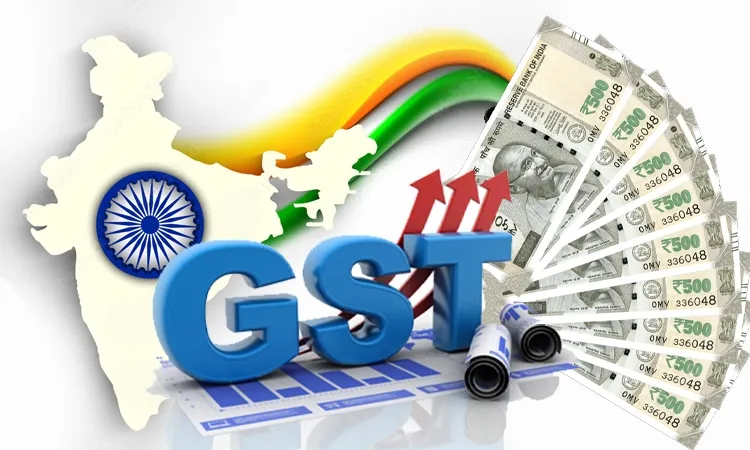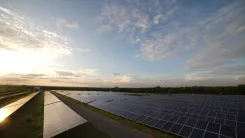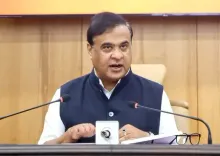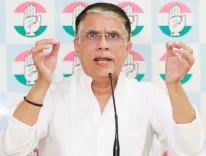What Are the Structural GST Reforms Promised by PM Modi?

Synopsis
Key Takeaways
- GST reforms focus on rate rationalisation.
- Relief measures for farmers, middle class, and MSMEs.
- Streamlined GST registration for small businesses.
- Two tax slabs proposed for simplicity.
- Faster processing for refunds and compliance.
New Delhi, Aug 15 (NationPress) During his address on the occasion of the 79th Independence Day, Prime Minister Narendra Modi highlighted that forthcoming GST reforms are set to provide rate rationalisation and bring relief to farmers, the middle class, and MSMEs.
He stated, "The Central Government intends to implement significant reforms in GST aimed at fostering an 'Atmanirbhar Bharat' through a focus on structural reforms, rate rationalisation, and improving ease of living."
The reforms are designed to mitigate classification disputes, rectify inverted duty structures in certain sectors, ensure enhanced rate stability, and facilitate a better business environment, as indicated in an official release.
By correcting inverted duty structures, the government aspires to align input and output tax rates, thereby decreasing the accumulation of input tax credit and boosting domestic value addition.
Moreover, the government aims to tackle classification challenges to refine rate structures, minimize disputes, simplify compliance, and ensure fairness and consistency across various sectors. Long-term clarity regarding rates and policy direction is anticipated to bolster industry confidence and improve business planning, as per the release.
Additionally, the government intends to lower taxes on essential goods and aspirational items to enhance affordability, stimulate consumption, and make these products more accessible to a broader demographic.
Rate rationalisation is set to condense the slabs to two: a standard tax rate and a merit-based rate, with special rates applying to select items only.
The cessation of compensation cess has created fiscal space, allowing for greater flexibility in rationalising and aligning tax rates within the GST framework for long-term sustainability, as detailed in the release.
The GST registration process will become streamlined, technology-driven, and timely, especially for small enterprises and startups.
Proposals for pre-filled returns will be implemented to minimize manual intervention and eliminate discrepancies. Refunds are set to be processed more swiftly, with automated processing for exporters and those facing inverted duty structures, according to the release.
The Central Government has submitted its proposal for GST rate rationalisation and reforms to the Group of Ministers (GoM) established by the GST Council.









